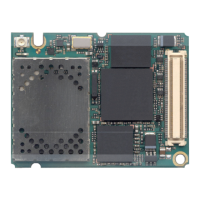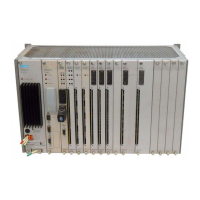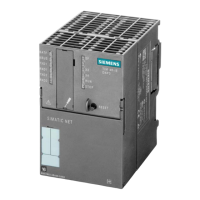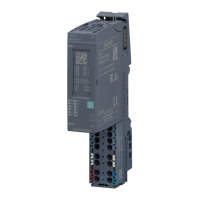6/54
Siemens TX-I/O™ Module system – Functions and operation CM110561en_08
Building Technologies Introduction 2018-10-25
1.7 Overview of TX-I/O™ functions
The following functions are available in the TX-IO range:
I/O
per
Max. number of functions per module
(Signal types
designation in
other systems: see
TX-I/O assortment
overview [1])
-M
Status indication, volt-free maintained
contact, N/O contact
1 8 16 8 8 8 8
Status indication, volt-free maintained
contact, N/C contact
1 8 16 8 8 8 8
Status indication,
volt-free pulsed contact, N/O
Button input single / dual, N/O
Button input single / dual, N/C
Count, volt-free pulse contact,
mechanical or electronic, normally open,
max. 10 Hz, with debouncing
max. 25 Hz, with debouncing
1
8
8
Electronic contact max. 100 Hz
Temperature Pt100 Ω (4-wire)
Resistance 250 Ω (Pt 100)
Temperature LG-Ni 1000 up to 180 °C
Resistance 2500 Ω (Pt 1000)
Current DC 0…20 mA
(for 25 mA see CM10563)
BO Relay NO 250V
BO Relay NC 250V
Maintained contact, relay, changeover
switch, N/O, N/C contact
Maintained contact, triac, changeover
switch, N/O, N/C contact
BO Bistable NO
BO Bistable NC
Maintained contact, single-pole, bistable,
N/O, N/C contact
On/off pulse (N/O and N/C contact)
Multistate-maintained contact
Pulse, control signal, three-pos.output,
internal stroke algorithm (relay)
Pulse, control signal, three-pos.output,
internal stroke algorithm (triac, AC 24 V)
Pulse width modulation, output AC 24 V
Blinds control with 2/3 end switches
Proportional control signal DC 0...10 V
Proportional control signal DC 4…20 mA
Indication and local override
3-color I/O status LEDs (if supported by signal type)
The Y250T function (control signal, three-position output) uses 2 I/O points.
One TXM1.6R relay module can accommodate 3 actuators.
Example of a read
operation

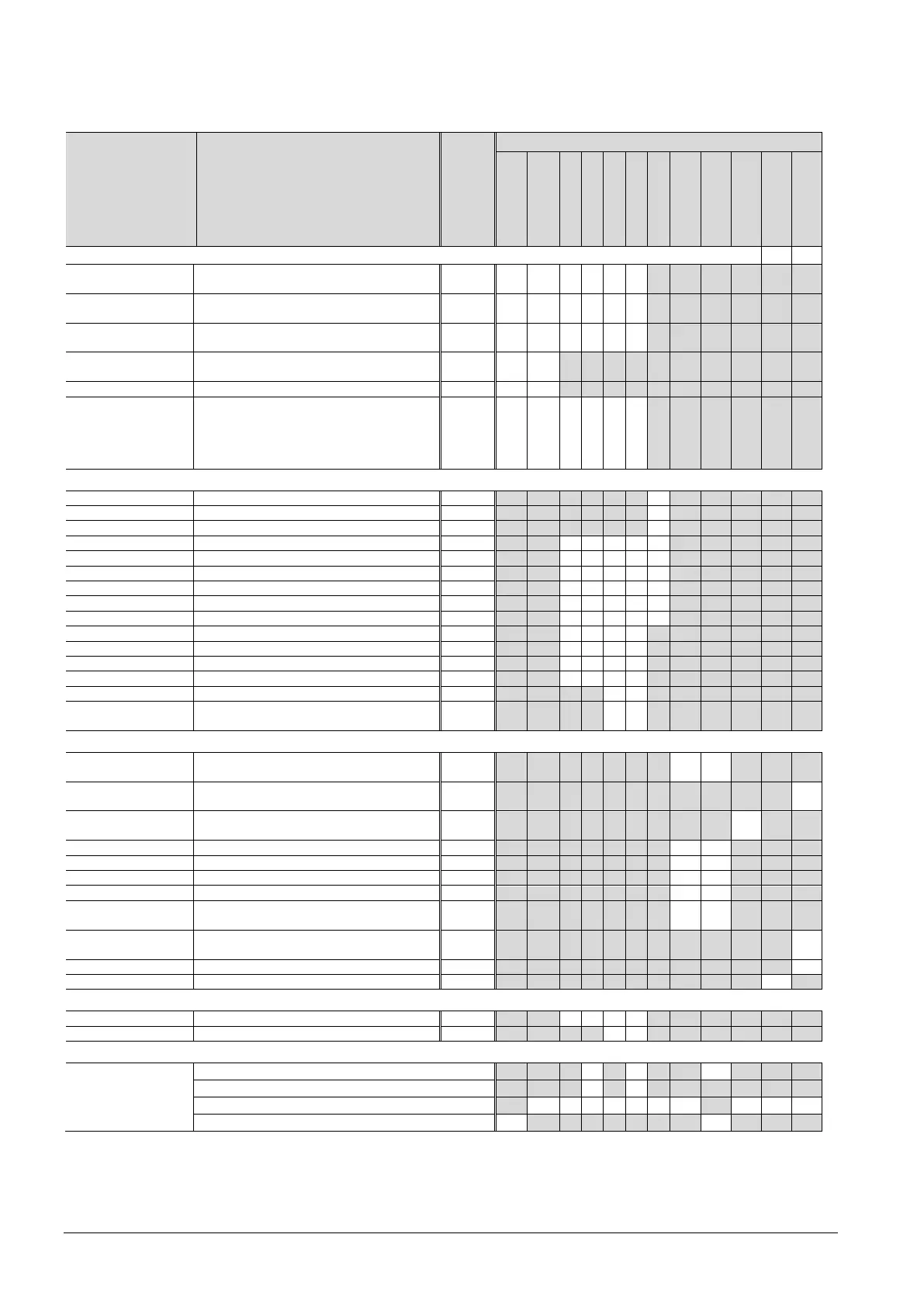